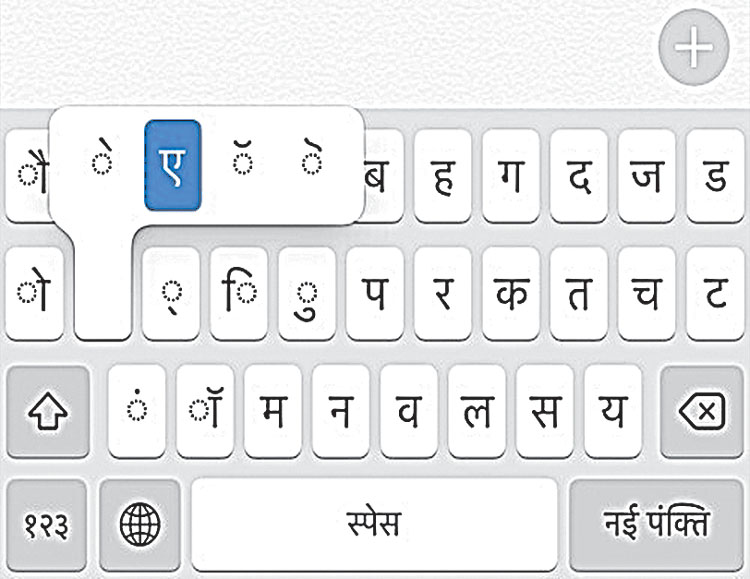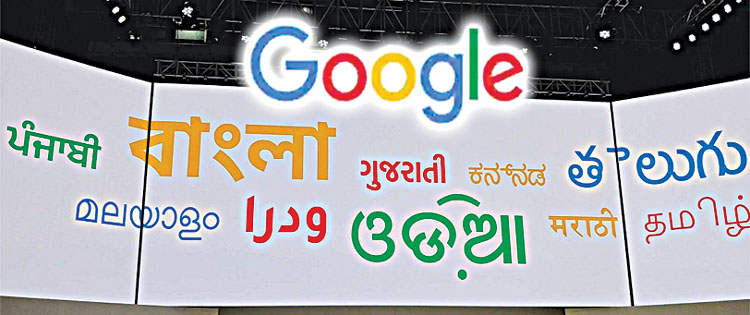Hindi-speaking users alone will overtake English-speaking users and Hindi will be the most used language on the Internet in India while Marathi, Bengali, Tamil and Telugu speaking internet users will form 30% of the total Indian language internet user base.
Google India started with five employees in 2004 and since then has grown to be amongst the largest Google employee bases outside of U.S. with close to 1700 employees. And as smartphones have brought millions more online, Indians have become some of the most enthusiastic Google users.
The company is now expanding the same feature to Maps where users in India can now change the default language of the navigation app to one of the nine languages. These include Hindi, Marathi, Gujarati, Tamil, Telugu, Bangla, Kannada, Malayalam and Punjabi. As a continuing part of a plan first laid out in 2020, Google has recently announced a new interest in expanding its service to non-English speakers in India. A core component of its $10 billion investment strategy, this move aims first to bolster its support for Hindi. From here, Tamil, Telugu, Bengali, and Marathi will also see better adoption and integration, to vastly improve the inclusion of users from all over India. This idea has come from the fact that, while India has 600 million internet users, only around 10.5% speak English according to the 2011 census. This proportion has presumably risen in recent years due to greater investment in English education, and English-comprehension skewing towards the growing youth population. While there are no indications yet as to the adoption of Urdu, Gujarati, Kannada, or Odia, the road for the adoption of these is now open.

“Hindi Keyboard” (CC BY 2.0) by Marcin Wichary
Nationwide Implications:
In general terms, greater access to Google’s infrastructure could have a profoundly positive effect on India from a wide range of angles. For business, better online connectivity could serve to open up economic opportunities, both for local and long-range work. In entertainment, improved access will mean users will have a much easier time finding movies, television shows, music, and more.
Perhaps the most important part of this equation, however, is education. Online sources for education have come a long way, and giving more people access to this world could only have a positive effect. Better education means better business and employment, higher standards of living, and more empowerment. This new step serves to open more opportunities than any other previous effort, and progress following this development can take many avenues.
A Communicative Addition:
As great and helpful as the addition of new Indian languages into Google will be, in itself, this change cannot serve to replace important language skills. It can, however, act in conjunction with real opportunities like with online teachers offering private classes. In this way, connecting to one of over 20,000 native tutors can then open further doors, bolster cognitive abilities, and improve on things like pronunciation which are often overlooked in text.
This is just one example, but the same concept applies to many forms of the educational experience. Google’s expansion can connect and lead to new experiences, though progress will ultimately depend on what the users put in, and their openness to new things. This could mean a starting point in other languages, or it could be through an interest in technical knowledge, or anything else, the same concepts hold.
“Image Source” (CC BY-SA 2.0) by edowoo:
Earlier in 2020, Google integrated the ability for users to flip between Hindi and English at will, and this lead to a more than 10X increase in Hindi queries. This one statistic shows how vastly underutilised Google’s integration is with the hundreds of millions of potential users, and this is what Google’s recent efforts are aiming to address. As one of the largest and yet most untapped online market out there, India’s online infrastructure is likely to be transformative. For business, entertainment, and education, the next few years could set the tone for decades to come.

